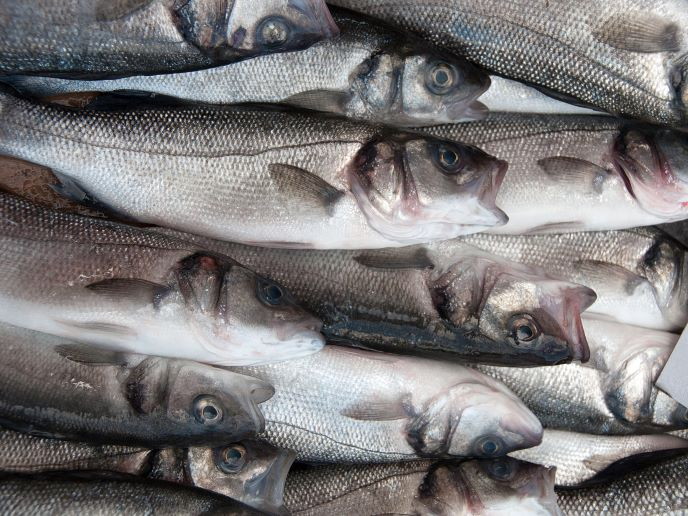New device automatically removes fish livers, reducing waste
Cod livers can be used for a range of products such as cod liver oil, a good source of vitamin A and vitamin D, and for improving cholesterol levels and reducing high blood pressure. They can also be used as animal feed. But currently, once caught by fishermen, cod liver harvesting usually means manually gutting the fish. This is time-consuming and therefore expensive. Furthermore, more time-efficient mechanical methods usually result in the livers being thrown away. The DeLiver project developed a machine for harvesting fish livers from both manually and mechanically gutted cod. SME support from the EU enabled the project to advance a previously developed prototype, bringing it closer to market.
Rescuing an often wasted resource
After the fish have been gutted, the DeLiver machine works by exploiting the different weight of fish organs. Once sea water runs through the machine, the livers float while the rest of the internal organs sink. Testing the upgraded prototype around the Faroe Islands on board the trawler Hamranes confirmed the effectiveness of the approach, with the harvested livers meeting industry standards. These tests also demonstrated that the technology could collect 40 % more livers than with manual collection. “The biggest challenge to sustainably producing Faroese cod liver oil has been getting enough fish livers, because collecting them manually is a labour-intensive job, often in harsh weather conditions,” says project coordinator Mr Helgi Nolsøe. The DeLiver device’s solution was to use a rotating separator, synchronised with carriers on a chain-driven conveyor belt, to remove the livers from the rest of the guts. The livers then flow with the seawater out of the machine, while the conveyor carriers remove the remaining organs. The team had trialled their first prototype on board the trawler Hamranes a few years ago. Feedback from the crew, along with cooperation from the Faroese Food Authorities, was used to design a more user-friendly and more hygienic second prototype, again installed on Hamranes for testing. “Now with the DeLiver project, our third prototype benefits from an improved design, making the machine even easier to clean. We have also used a better pump and have upgraded the machine’s outlet through which the livers flow with the sea water,” says Nolsøe. As well as being further optimised for deep sea trawler operations, this latest iteration can also be adapted to long-line fishing boats, as well as other fishing vessels.
More sustainable fisheries
Currently the team is conducting final tests on board trawlers, after which they plan to make the technology commercially available. The main target market will be fishing boats and trawlers over 30 metres long, a number of which have already indicated interest in purchasing the device. There is also demand from land-based manual gutting operations and from fish breeding facilities. Companies have also expressed interest in manufacturing the steel parts needed for the device. Ultimately, the team plan to outsource most of the production work, but to manage assembly and installation procedures.
Keywords
DeLiver, cod, fish, liver, harvest, offal, guts, animal feed, sustainable, trawler, oil

